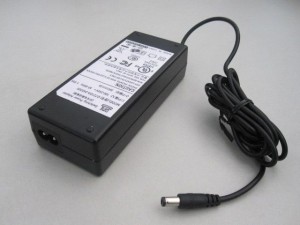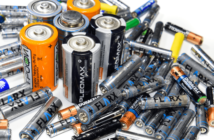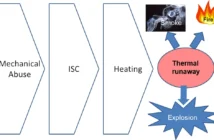From the previous post about alternating current (AC), we learned that the AC, in the form of “sine wave”, is the output from vehicle alternators and power plant generators. This AC is further processed by electrical circuits or systems so that it can be utilized to power up our laptops, LED devices, and gadgets which are mainly dependent on DC (Direct Current) voltages. This post will cover how such AC to DC conversion happens.
Technical Process of Rectification and Filtering
Remember that DC voltage is used to charge batteries such as lithium-ion and SLI battery. The AC voltage will have to pass first to a rectifier circuit that consists of diodes arranged in a combination of series–parallel configurations. A process known as full wave rectification uses a sophisticated diode configuration known as bridge rectifier. From the illustration below, you will see and the bottom half cycle of the “sine wave” moves to the top after passing the circuit. The resulting wave is now called “pulsating direct current”.
Image Source: Wikipedia
The pulsating DC will have to pass again to another circuit known as a filter. As the name suggests, the “pulse” in the DC needs to be smoothed or filtered in order to produce a steady or constant DC voltage. This DC voltage will be then regulated to a certain level before feeding it to the SLI battery during the charging process. This is how AC to DC conversion happens inside an alternator.
Importance of Constant DC Voltage
One important reason why a constant DC voltage is important is that it is free of ripples or unwanted frequencies. The DC circuit is designed in such a way that the rectification and filtering processes will be carried out properly. For example, a laptop cannot be charged properly if the supply of DC voltage is not constant. Doing so may result to damage either of the laptop or the charger.
Laptop AC-DC Adapter
Image Source: GME Technology Website
In the case of the battery in your vehicle, a constant DC will make it be charged properly thus resulting in efficient use of your car’s electrical and lighting systems.
Related articles:





